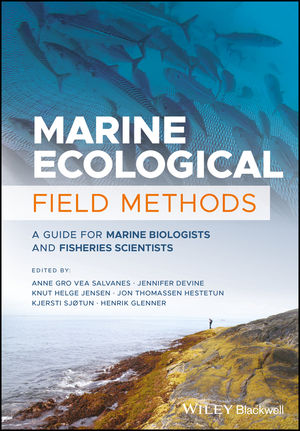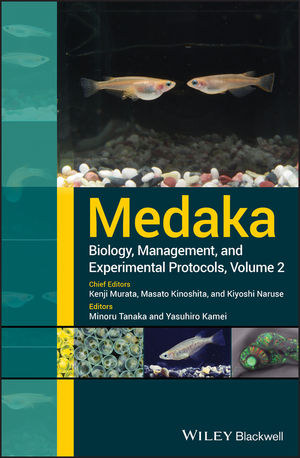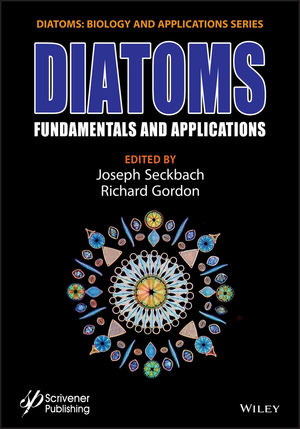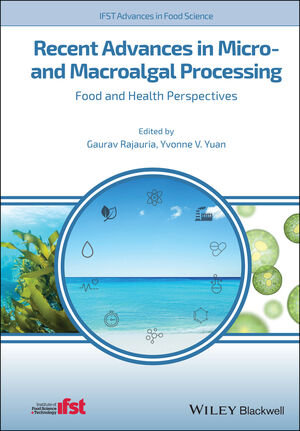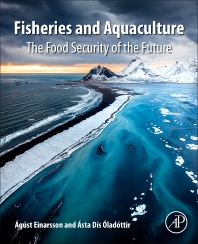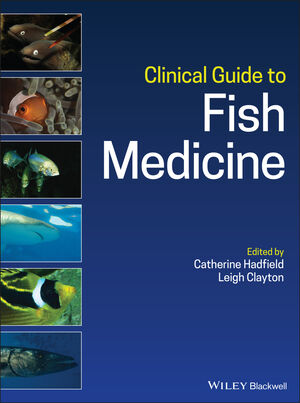
Features
Fish handling
Fish Health
Quality over quantity in vaccinations
Best practices for fish vaccination in hatcheries
August 15, 2024 By Seyitan Moritiwon
 Better fish health can lead to better production outcomes. Photo: michael Ness, pharmaq
Better fish health can lead to better production outcomes. Photo: michael Ness, pharmaq Vaccinating fish protects the aquaculture industry, according to Foster Scott, owner and chief veterinarian of Veterinary Aquatic Solutions Inc.
Vaccinations help prevent diseases by exposing fish to weakened or inactive pathogens, allowing their immune system to develop immunity without getting sick. It also reduces antibiotic use which prevents the possibility of antibiotic residues in food.
With better fish health, production also improves “as healthier fish grow faster and more efficiently, with fewer fish lost to disease,” Scott added.
Types of vaccines
Some of the typical diseases that are vaccinated against in Atlantic salmon and trout species are furunculosis, vibriosis, winter sore, bacterial kidney disease, infectious haematopoietic necrosis (IHN), lactococcus and infectious salmon anaemia (ISA).
Michael Ness, aquaculture technical support and account manager at Pharmaq, said the ideal time to vaccinate salmon via injection is when the fish is 25-30 grams. There are also immersion vaccines, in which the fish is immersed in the vaccine so it gets absorbed into their skin and gills.
“Usually, an immersion vaccine is given when the fish is very young and it carries them through to the time that they’re injection-vaccinated. And then the injection of vaccination will be administered and carry the fish through until harvest,” said Ness.
Autogenous vaccines are custom vaccines produced from pathogens isolated directly from an infected farm. They can get to market faster than a commercial vaccine, while commercial vaccines are mass-produced and widely distributed. It can take a few years to get to the market these licensed products but they’re useful for many pathogens which show little mutation or genetic shift over time. Ness said there’s a time in place for both types of vaccines.
“Today’s aquaculture industry faces several pathogens which can escape the effects of vaccination. Although it can be more costly and time-consuming, the development of autogenous vaccines with health professionals and vaccine companies is an important tool for fighting bacterial pathogens on farms,” Scott said.
Best practices
Ness said a newer farmer may not understand how to administer a vaccine or its associated costs. Hence, the need for best practices in fish vaccination.
1. Veterinarian oversight. It’s important to have a fish veterinarian assess the health of the fish population before vaccination. If fish populations are stressed, have health issues, or have recently been handled, it’s best to leave them alone until they recover because vaccination is a very stressful time for the fish.
“Aquaculture veterinarians also play a crucial role in identifying, isolating, and creating autogenous vaccines for pathogens affecting fish at a farm-level,” Scott said.
2. Adequate anesthesia. If the fish are either over-anesthetized or under-anesthetized before vaccination, it can lead to many problems during vaccination.
“You can imagine a fish that’s wiggling or moving as it’s being vaccinated, that’s going to cause issues. It’s going to be stressful for the fish,” Ness said. The wiggling could cause tearing and bleeding around the injection site and if the fish is over-anesthetized, it can cause death.
3. Ensuring the proper site. The use of machines in vaccination has shown more accuracy versus hand vaccination. Machines precisely calculate the length and weight of the fish and the correct site of injection based on how long the fish is.
For the NFT machines that are used in British Columbia, most of the machines administer two vaccines into the intraperitoneal (IP) cavity, while administering an intramuscular (IM) vaccine, Naess said.
“Having a machine that can get through that tank faster ensures the fish are overall just happier. It means they can starve the fish for a shorter period of time,” Ness said.
4. Quality control. There are two different types of checks for effective vaccination: a non-lethal and a lethal check. The non-lethal is a visual assessment where the farmer picks up the fish quickly after vaccination and assesses where the point of injection is. There is usually a bubble on the skin of the fish if the vaccine doesn’t make it inside the fish. There may also be bleeding externally. But Ness advises to sacrifice a few fish once or twice a day to ensure they’re getting correctly vaccinated.
“Euthanize them, and open them up, and ensure that the oil vaccine is where it needs to be inside the fish. There’s just no other way to really fully understand that besides sacrificing the fish,” Ness said.
Vaccinating RAS fish?
Disease can spread rapidly in RAS systems but Ness admits it is less likely if there is a strong biosecurity and water disinfection setup and protocols.
“Why not add a little bit of extra insurance with with with an efficacious vaccine?… I think that investors will not look unfavourably on that extra level of insurance that a vaccine will provide,” said Ness.
Side effects
While oil vaccines are efficacious, there can also be side effects on salmon – if the proper injection point isn’t adhered to or the vaccine doesn’t make it in the IP cavity – such as adhesions and melanization which stay with the fish till the point of harvest.
“A black mark in the fillet will cause economic losses for a salmon farmer because it doesn’t look as good,” Ness said.
He said Pharmaq has worked on lowering the side effects by reducing dosage and improving the oil adjuvants. Nonetheless, “the benefits far outweigh the negative consequences associated side effects.”
Print this page
